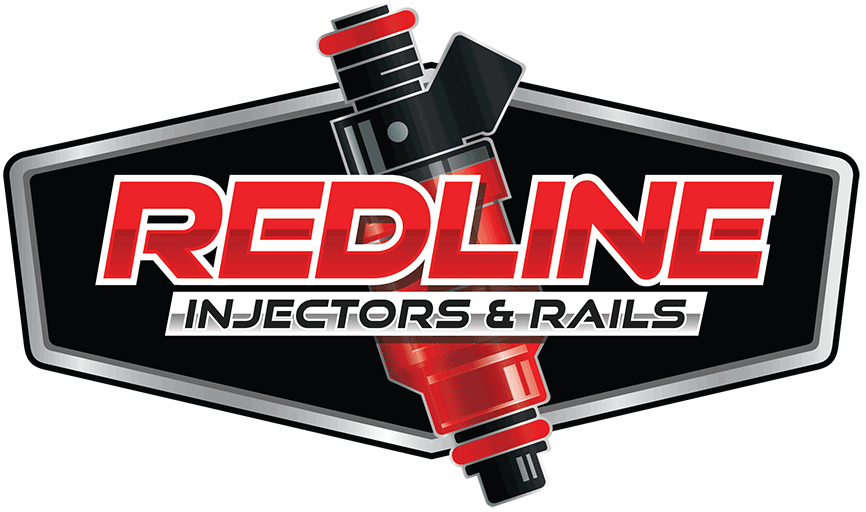Choosing the right fuel injector depends on several factors related to your vehicle’s engine and performance goals. Here’s a step-by-step guide to help you select the correct fuel injector:
1. Determine Your Engine’s Fuel Requirements
- Horsepower (HP) Goals: Higher horsepower engines require more fuel delivery.
- Air/Fuel Ratio (AFR): Generally, a safe AFR for naturally aspirated engines is around 12.5:1, while forced induction engines require a richer mixture, around 11.5:1.
- Fuel Type: Gasoline, E85, or diesel – different fuels have varying energy densities and flow requirements.
2. Calculate Fuel Injector Size
- Use the formula to estimate injector size:
Injector Size (lb/hr)=Horsepower×BSFCNumber of Injectors×Duty Cycle\text{Injector Size (lb/hr)} = \frac{\text{Horsepower} \times \text{BSFC}}{\text{Number of Injectors} \times \text{Duty Cycle}}Injector Size (lb/hr)=Number of Injectors×Duty CycleHorsepower×BSFC
Where:
- BSFC (Brake Specific Fuel Consumption):
- ~0.50 for naturally aspirated engines
- ~0.60 for turbo/supercharged engines
- Duty Cycle: Recommended max 80-85% for reliability.
- Example: A 400 HP naturally aspirated engine with 8 injectors at 85% duty cycle:
- 400×0.508×0.85≈29.4 lb/hr\frac{400 \times 0.50}{8 \times 0.85} \approx 29.4 \, \text{lb/hr}8×0.85400×0.50≈29.4lb/hr
- Convert to cc/min by multiplying by 10.5 (e.g., 29.4 lb/hr = 308 cc/min).
3. Consider Fuel Pressure
- Higher fuel pressure can increase injector flow rate.
Ensure your fuel pump and regulator can support the desired pressure.
4. Match Injector Type to Your Engine
- Port (MPI) vs. Direct Injection (DI): Some modern engines use direct injection requiring special high-pressure injectors.
- Connector Compatibility: Ensure the injector connector matches your wiring harness (EV1, EV6, etc.).
5. Fuel Compatibility
- If running ethanol (E85), choose injectors rated for ethanol compatibility to prevent internal corrosion.
6. Tuning Considerations
- Larger injectors require ECU tuning to optimize performance and avoid drivability issues like rough idle or poor fuel economy.
7. Brand and Quality
- Choose reputable brands such as Bosch, Siemens Deka, Injector Dynamics, etc.
- Avoid cheap, unverified aftermarket injectors that may have inconsistent flow rates.
8. Spray Pattern and Atomization
- Some injectors have better atomization for improved combustion and fuel efficiency.
